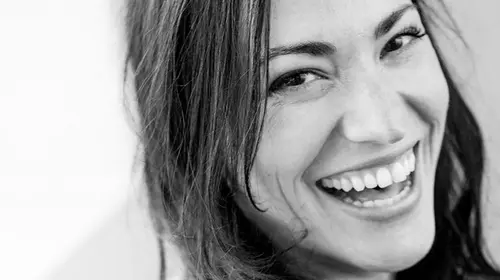A project of the Education Committee, these articles are contributed by some of the DG members who teach.

In the playwriting and theatre appreciation courses I’ve recently taught at the University of Chicago Graham School, as well as the Newberry Library and Chicago Dramatists, I’ve steered my students to a large mix of American scribes and also writers from England, Germany and France.
When referencing ten-minute plays and other short works, I single out Caryl Churchill’s Seagulls, Christopher Durang’s Kitty the Waitress, and Caleen Sinnette Jennings’ Classyass. Harold Pinter’s Night shows us what can be done with sound, silence and subtext, while Mary Sue Price’s That Midnight Rodeo arrives at a wonderfully ambiguous conclusion. With his monologue Gas, José Rivera tells a complete story set against the Persian Gulf War. And Maria Irene Fornés’s Drowning takes its inspiration from Chekhov to reveal two potato-like creatures who could be from another planet discussing the nature and purpose of love.
With political and social plays, I point my people to Clifford Odets’ Waiting for Lefty, a grand piece of agitprop theatre that resulted in 28 curtain calls when it was first performed as well as a cry for action. We then move on to Jean Anouilh’s Antigone, written while Paris was ruled by the Vichy government; August Wilson’s Fences, a poignant character study and portrait of a family at odds with its patriarch; and Lucy Kirkwood’s The Children, which is funny and fierce and deeply disturbing. Anna Deavere Smith’s Fires in the Mirror illustrates how a complex subject such as the Crown Heights race riot of 1991 can be explored from 26 points of view, while J.T. Rogers’ Oslo moves us through 64 scenes of real and imagined conversations in an effort to capture the conflict between Israel and Palestine. Bertolt Brecht’s Saint Joan of the Stockyards feels like it was written the day before yesterday. And Lorraine Hansberry’s A Raisin in the Sun remains vivid and powerful.
Because I write so many mysteries and thrillers, I teach this form as well, focusing on such texts as J.B. Priestley’s An Inspector Calls, Agatha Christie’s The Mousetrap, and A Soldier’s Play, in which Charles Fuller investigates the tensions that exist in a Black platoon in 1944 that leads to a killing in the ranks. Mary Shelley’s Frankenstein has had many lives on stage, but my personal favorite is Patrick Sandford’s adaptation, the words of which are taken almost entirely from the 1818 edition of Shelley’s novel with one short passage from the 1831 printing. It is still astonishing to think that Shelley was twenty years old when she wrote this masterpiece.
Finally, there is no better example of what a play can achieve then David Hare’s Plenty, a script that took root when the author discovered that 75% of the women engaged in SOE operations during the Second World War came home and divorced their husbands. In twelve scenes we see Great Britain’s decline mirrored in the downward spiral of a solitary female who wants to change the world and doesn’t know how. And the final line of this dramatic undertaking is heartbreakingly beautiful.



